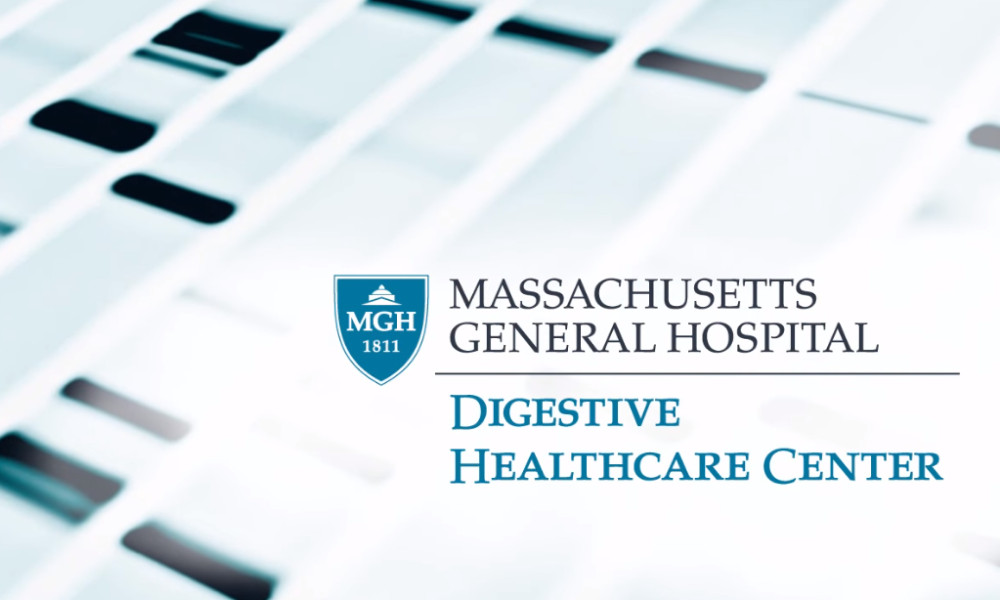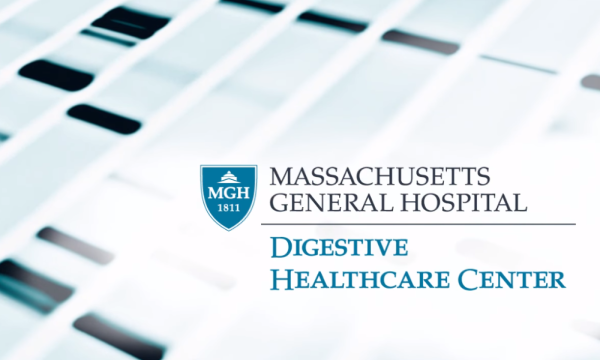LINX Reflux Management System Treatment Option
Contact Information
Swallowing, Heartburn and Esophageal Disease Center
Wang Building, 4th Floor
15 Parkman Street
Boston,
MA
02114
Phone: 617-724-1020
Hours: Hours: Monday–Friday, 8:00 am–5:00 pm
Accessible
Explore This Procedure
About This Procedure
The LINX® Reflux Management System is an FDA-approved device that may be recommended for patients experiencing symptoms of gastroesophageal reflux disease (GERD).
Surgical treatment of GERD should be considered when patients’ symptoms are not controlled with lifestyle modification and medications. Patients who do not want to take medications indefinitely may also want to consider surgical options.
Specialists at the Swallowing and Heartburn Center at the Massachusetts General Hospital Digestive Healthcare Center work with patients and referring physicians to determine the treatment plan that is best for the patient. Our surgeons have extensive experience with laparoscopic anti-reflux surgery and perform both full and partial fundoplications. LINX® may be recommended as a simpler procedure that may avoid some of the side effects of traditional anti-reflux operations, such as bloating or inability to vomit. Not all patients with GERD are candidates for the LINX® procedure.
How Does LINX® Work?
During the procedure, a small, flexible band of magnetic titanium beads is implanted around the esophagus laparoscopically. When in place, the band supports a weak lower esophageal sphincter (LES), the muscle that opens and closes to allow food to enter and stay in the stomach. The magnetic attraction between the beads is strong enough to resist the gastric pressures that result in reflux, but is weak enough to allow for swallowing, belching or vomiting.
Patients are placed under general anesthesia during the procedure, which is completed in approximately an hour. Every case is different, so there is some variability in the time it takes to perform the procedure. Once implanted, the device will begin working immediately.
What Preparation Is Required Before LINX®?
Before considering a LINX® procedure, patients must undergo a careful evaluation that includes upper gastrointestinal (GI) endoscopy and physiologic testing such as esophageal motility testing. Patients with weak esophageal peristalsis or hiatal hernias larger than 2 cm are not candidates for the LINX® procedure. No preparation is required for the procedure itself.
What Is the Recovery Time and Follow-Up?
After the procedure, patients stay in the hospital overnight to ensure there are no complications from the surgery or anesthesia. Patients should be able to eat soft foods within 48 hours of surgery.
Patients may resume routine daily activities within a few days of surgery when pain medicine is no longer required. Activities such as sit-ups or weight lifting, which require use of the abdominal muscles, should be put off for three to six weeks.
Patients generally call in seven days post-op to speak with a clinician and have a follow-up appointment two weeks post-op with their physician to monitor recovery progress.
Who Is Eligible for LINX®?
Not all patients are candidates for the procedure. A full evaluation is needed to determine if a patient is eligible.
Ideal candidates include patients who:
- Are 21 years or older
- Have had an incomplete response to proton pump inhibitors (PPIs) in treating GERD
- Respond well to medications but do not want to continue taking medications indefinitely
Patients who have experienced any of the following may not be eligible for the procedure:
- Difficulty swallowing
- Hiatal hernia larger than 2 cm
- Body mass index (BMI) greater than 35
- Barrett’s esophagius with dysplasia
- Prior anti-reflux surgery
- Have a pacemaker in place
How Safe Is the Procedure?
LINX® is a safe and well-tolerated procedure. A recent three-year study of 100 patients with GERD found that exposure to esophageal acid decreased, reflux symptoms improved and use of PPIs decreased in the patients who received the procedure.
A carefully performed clinical trial showed the LINX® procedure’s effectiveness. Patients experienced no operative complications and were discharged within 48 hours. Within the first year, 77% indicated that they had achieved normal pH levels and 90% of patients had stopped using PPIs. At four years follow up, the study has shown the procedure to be safe and effective.
Between one-third and one-half of patients have temporary difficulty swallowing solid food in the first month post-op. If this problem persists, it may require endoscopy with stretching of the esophagus to hasten this phase of recovery.
All surgical procedures have risks, such as the risks associated with anesthesia, risk of bleeding and risk of infection. These risks are small. The most common side effects of LINX® are difficulty swallowing and post-operative pain. Read frequently asked questions about LINX®.
Why Mass General?
Mass General is consistently recognized among the best hospitals in the country by U.S. News & World Report. Our surgeons, among the most experienced in the region, are accustomed to seeing both local and international patients with multiple medical conditions. Mass General was the first hospital in New England to offer the LINX® Reflux Management System. The Swallowing and Heartburn Center at the Mass General Digestive Healthcare Center brings together a team of gastroesophageal specialists who provide expert diagnosis and leading-edge surgical options for throat, esophagus and stomach disorders.
Award-winning Gastroenterology and GI Surgery Services
We are pleased to announce that U.S. News & World Report has ranked us among the top in the country in adult gastroenterology and GI surgery.
Telehealth at Mass General
Virtual visits allow you to conveniently meet with your provider from home—either online (over your computer or device) or by phone.



